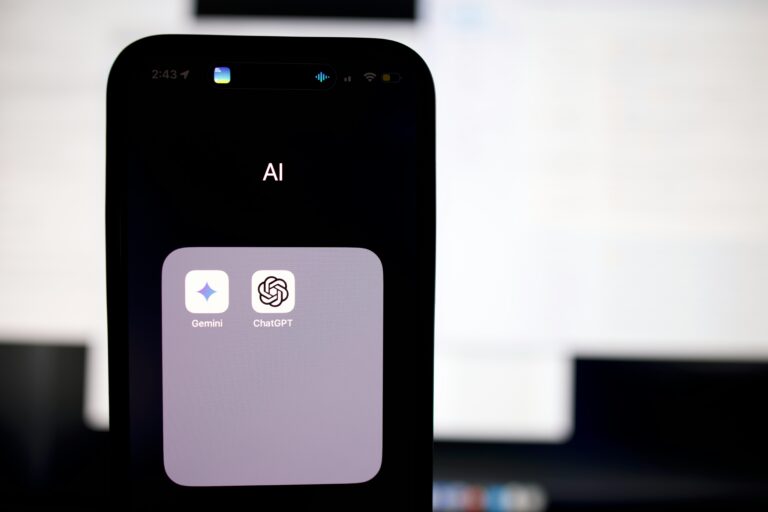A.I. and education will be hotly debated this school year. Undoubtedly schools and teachers in every community will use A.I. in some capacity. But, what does A.I. in the classroom look like, beyond bot-generated worksheets and quizzes, and how should reporters cover it?
At The Learning Agency, we sit at the nexus of learning engineering and ed tech innovation and are often able to peer around corners and see what’s coming for AI and learning. With that in mind, here are four A.I.-related story ideas that reporters could look for in the coming school year.
1. Get Beyond The Bots
ChatGPT, Bard, Claude – those LLMs were last year’s story. This year, schools will use A.I. in earnest to help them tackle bigger learning issues, like spotting trends in student performance and facilitating small-group learning.
Schools will also use A.I. to help lighten the load on the labor-intensive stuff they deal with every day, like conducting literacy screenings on young readers and providing teachers with real-time coaching.
For example:
- The platform consistentlyBetter can detect situations or conditions that are linked to periods of poor student performance and identify those kids that would benefit from additional support.
- The literacy screener Rapid Online Assessment of Reading (ROAR) can identify decoding issues, pinpoint a student’s reading weaknesses, and recommend targeted interventions. ROAR will be used by +20,000 students this year.
- The collaborative learning platform OKO allows teachers to automate small-group instruction, so they can focus on students that need more intensive help.

2. Sometimes Low Tech Is Enough Tech
Not every school has the resources to adopt flashy new models and A.I. platforms with expensive add-ons. That’s why a number of innovators, like Darsel (used by 80,000 students), are going low-tech by designing learning apps that need only a cell phone connection and an SMS, like WhatsApp or Facebook Messenger.
Another example is Rori, an SMS chatbot that connects with kids using text messengers. As they interact with Rori, the chatbot delivers quick lessons on socio-emotional skills, like embracing a growth mindset, understanding that mistakes are normal, and connecting lessons to real-world scenarios. A recent J-PAL study found that weekly sessions with Rori led to “markedly higher” math scores.

3. Using A.I. To Make Teachers Better
States and districts are exploring how A.I. can provide teachers with professional development and real-time feedback in ways that aren’t possible with traditional classroom observations and PD plans. For example:
- The tutoring organization Saga Education is piloting a new technology that can record and listen to tutoring sessions and then provide an annotated transcript, noting where teachers could have pushed students further, required them to explain their thinking, etc. The platform will be used by an estimated 28,000 schools this year.
- Teacher Moments is a simulation platform that allows teachers to rehearse for and reflect on important student interactions. As teachers respond to video, image, and text scenarios, the platform’s AI coaches analyze their decisions and provide dynamic feedback. It will be used by nearly 20,000 teachers this year.

4. A.I. Reaching Under-served Communities
The responses to a question in a recent survey conducted by Impact Research for the Walton Family Foundation caught my eye when it came out: Teachers of color and students of color may be using A.I. more often than white students and teachers.
- At 86%, Black teachers and teachers in urban districts have the highest usage rates. (Slide 8)
- In K-12, Hispanic and Black students have higher usage rates (77% & 72%) than Whites (70%). (Slide 9)
This seems counterintuitive. Most new tech is first adopted in more affluent schools and communities. According to this survey, the opposite is happening with A.I.
A.I. is changing how teachers teach and how districts operate. Parents need to understand how these changes will affect their kids, and that starts with great reporting. As a former education writer, I love helping journalists make sense of new technologies and trends so that parents better understand what’s happening in their children’s classrooms. Reach out if you’d like to chat.




